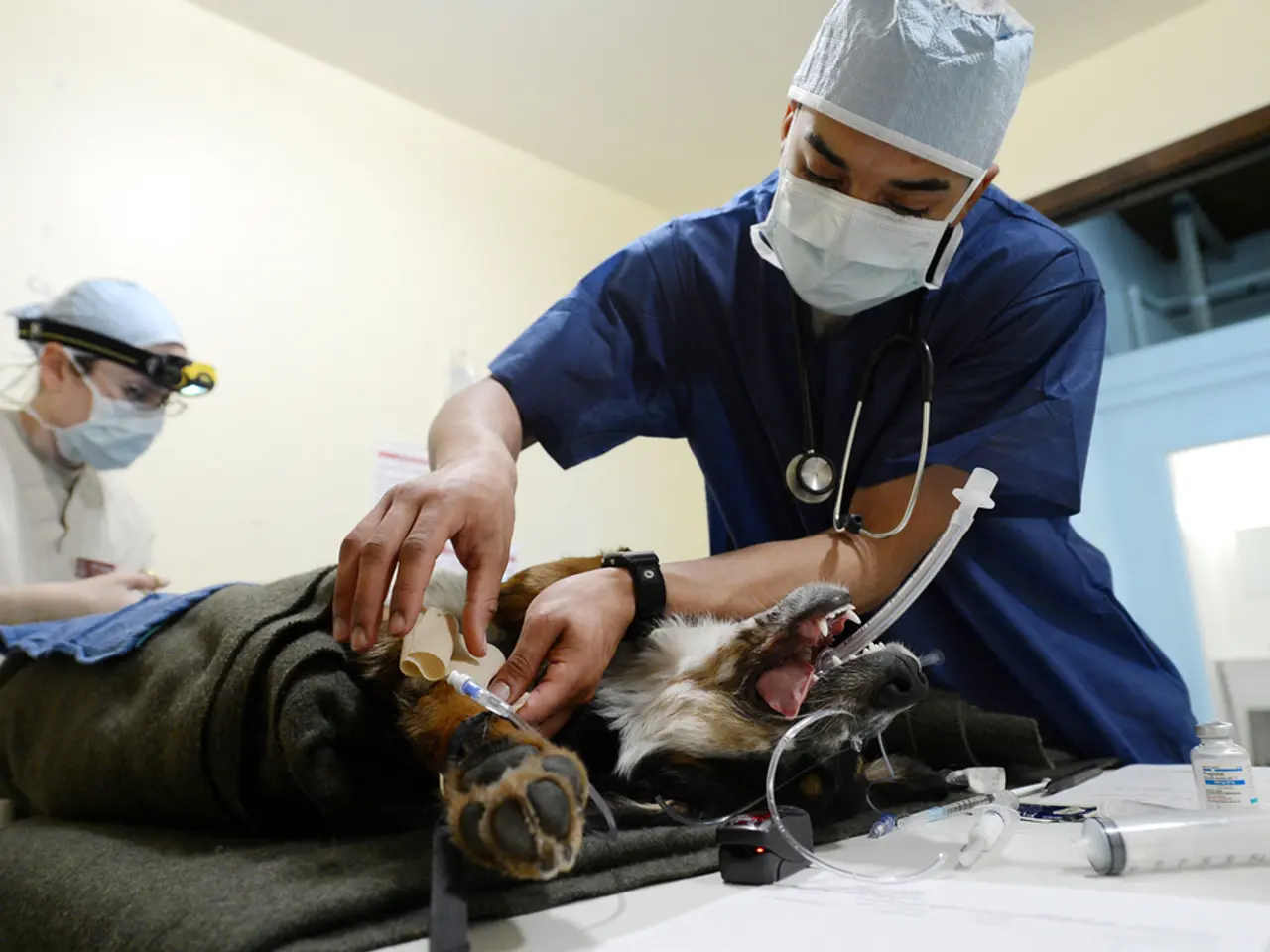Identified: Location with Highest Number of Infections among Scientific Community
In a recent study published in JAMA Network Open, researchers from the universities of Florida, Washington, and the Fred Hutchinson Cancer Research Center in Seattle have highlighted the importance of household transmission in the spread of SARS-CoV-2, the virus that causes COVID-19.
The study, which included data from 54 studies involving 77,758 people, found that households remain an important place for the transmission of SARS-CoV-2. The researchers suggest that without changes in domestic behaviour, it is unlikely that the pandemic can be quickly stopped.
The study results indicate that households are the objects of the highest risk of viral infection transmission during the COVID-19 pandemic. Among spouses, the rate of household infection is higher (37.8%) compared to individuals living under the same roof but not spouses (17.8%). Among adults, the rate of household infection is higher (28.3%) compared to children (16.8%).
The study also found that in households with only two residents, the average level of secondary infection is significantly higher (41.5%) compared to households with three or more residents (22.8%). The frequency of secondary infections in households was 16.6 percent, with the highest risk (18.0 percent) associated with contacts with patients showing clear symptoms.
To combat the spread of COVID-19 within households, the researchers recommend including wearing masks at home, regular ventilation and disinfection of premises, and targeted antiviral prophylaxis in new strategies. They also emphasize the importance of keeping up to date with vaccinations to lower the risk of severe illness and infection.
The recommended preventative measures to reduce household transmission of SARS-CoV-2, according to the study, include frequent hand hygiene, covering coughs and sneezes, cleaning and disinfecting frequently touched surfaces, staying home and away from others when sick, improving air quality, and using masks as source control.
The study findings underscore the need for additional preventive measures within households to reduce the risk of COVID-19 transmission. The study results confirm that households are the objects of the highest risk of viral infection transmission during the COVID-19 pandemic. As such, considering household transmission when developing future COVID-19 prevention strategies is crucial.
The study was reported by Almaty.tv with reference to RIA Novosti. The authors of the study recommend that without changes in domestic behaviour, it is unlikely that the pandemic can be quickly stopped. The authors suggest that without changes in domestic behaviour, it is unlikely that the pandemic can be quickly stopped.





